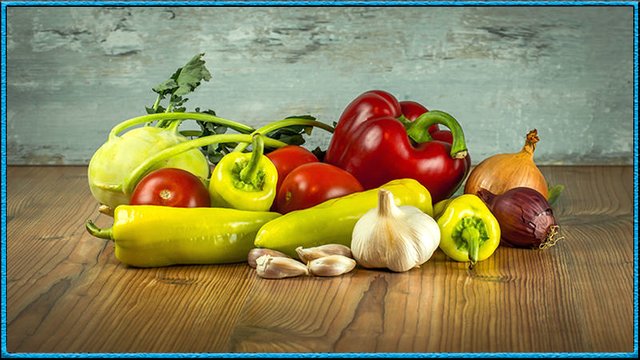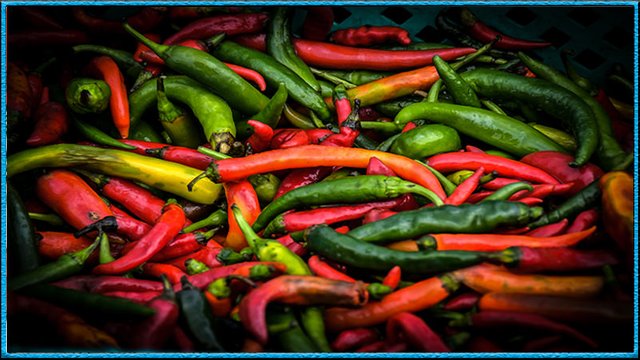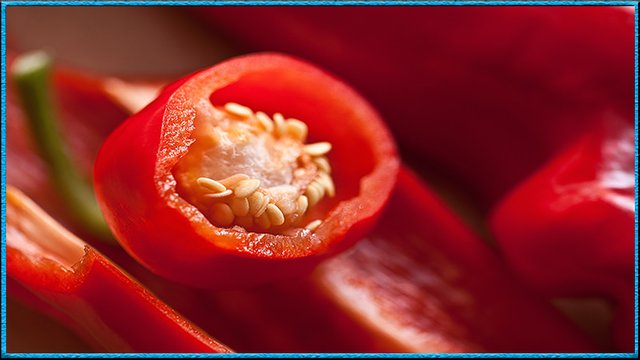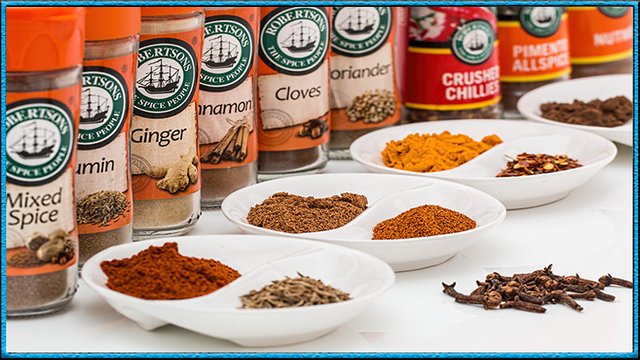What in the World is Capsaicin and Who is Wilbur Scolville?
Never thought anything about Bell peppers other than that they were included in salads that my mother made.

It’s marvellous how one enjoys a certain event or food or emotion that finally leads him or her to begin a journey to understand more about what switches them on. It was one of these foods, that led me after many years of enjoyment to learn about a certain fruit, yes it is a fruit, known as Peppers.

In my late teen years I was introduced to the Chilli pepper. Now I find there is a difference between bell peppers and chilli peppers. So what the heck is the difference? What I found was a chemical known as Capsaicin. Still didn’t mean much to me at the time. Further research and I learned it has another term, spiciness and this spiciness separates the two peppers. Weird, still didn’t make much sense.

Ok so to differentiate between the peppers we divide them into 2 groups, one called Bell Peppers and the second called Chilli Peppers. So how do we know which is which, here’s where it gets very interesting. We go all the way back to that crazy adventurer Columbus. So he sails off to America and finds a tasty vegetable known to locals as “Peppers”. But the pepper is in fact a fruit under the true botanical definition. Now both types of peppers come from the same family, the Nightshade family, in fact tomatoes are part of that family.

We still don’t seem to be getting any further do we? Let’s hop to 1912 and a pharmacist named Wilbur Scolville, and American. Up to this point in time there was no real method of measuring the spiciness in peppers of any kind. He took the capsaicin, which was in form of oil mixed it with some alcohol and put into shot glasses. But that had some some shortcomings because he used humans to test the spiciness or heat of peppers. Maybe it was the alcohol that made the test a little unreliable.


Another interesting result from taste testing or regular ingestion of chilli is that there is a rapid desensitisation of the palate commonly referred to a Sensory Fatigue. Not everyone has the same number of heat sensors in the mouth either, some think the a particular pepper is extremely hot when their friends think they are very mild.

We can see that there were more than just human errors, there were also things like laboratory methods used to extract the oil and the cultivation and environmental conditions during growing. Regardless, our old mate Wilbur formed a scale of sorts and today we use this scale to reference the spiciness or heat of all the commonly known peppers.

Ok so we know have a little knowledge of where they came from, how they differ and something to gauge their heat with. So I guess we better look a little closer at why they burn the heck out our mouthes in some cases. Now we know that an oil contained in peppers is the cause but the effect is an irritating reaction on something called heat receptors in the mouth.
Capsaicin is in fact an irritant for mammals, like us humans, and produces a sensation of burning in any tissue with which it comes into contact, in most cases the mouth since we eat them. But if care is not taken when handling chilli peppers it can effect the hands or body parts exposed to contact. Capsaicin, and several related compounds, are called Capsaicinoids and are produced by Chilli peppers as a deterrent.


A deterrent to what or who? Well it seems that mammals are the only ones equiped with pain/heat receptors unlike birds. Only humans appreciate the spice of peppers rather than the pain. So many land bound animals bypass the chilli peppers and leave the birds who don’t seem to have these receptors, to eat and distribute the seeds resulting in better plant reproduction in wider areas.
In recent times the breeding of new and hotter chillies has become a hobby for those who appreciate the spicy taste. The Scolville Scale tells us that Bell Peppers (classed as sweet peppers) are those that rate from 0 to 100 Scovilles and after that level they become know as Chilli peppers. The common Birdseye chilli for example has a rating of 225,000, the Habanero chilli rates at 100,000 while the Cayenne pepper rates a lower 50,000.

Today we recognise the hottest chilli as one known as the “Carolina Reaper”, it’s rating is a staggering 16,000,000. With so many newer varieties being bred by enthusiasts it’s almost impossible to list them all but there are more than 140+ types that can be found with a little research.

All over the world there are festivals held to celebrate the Chilli and here one can immerse oneself in a world spice or pain, which ever you prefer. Here in my local area we have several chilli growers and they hold a festival every October where I can taste some fantastic chilli dishes to what ever heat level I desire. Usually I have a good stock up at such events. The latest addition to my purchase was a series of chilli chocolates, and they didn’t last all that long.

There have been several studies done into the health benefits of chillies and their consumption on regular basis and there have been some quite surprising results. Positive results have been found in areas concerning blood pressure, liver damage, as an appetite suppressant, Colorectal Cancer, Breast cancer and it’s anti-obesity properties.


So where to from here? I don’t know about you but I am off to locate the nearest Chilli festival to indulge in my favourite pastime, enjoying new tastes and dishes and of course good company.
